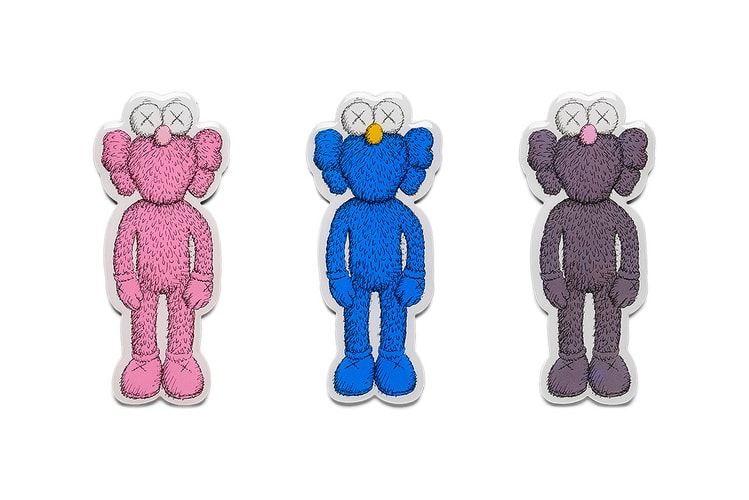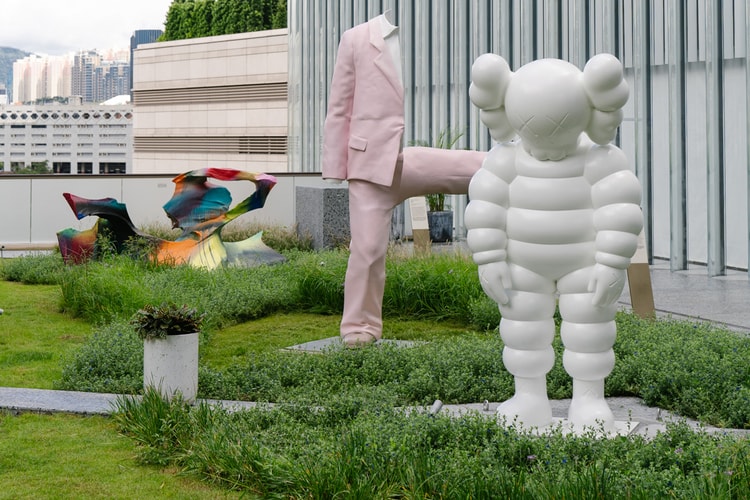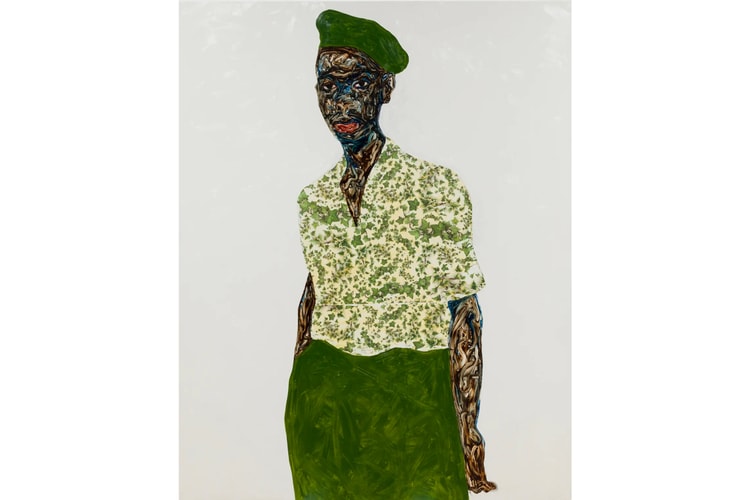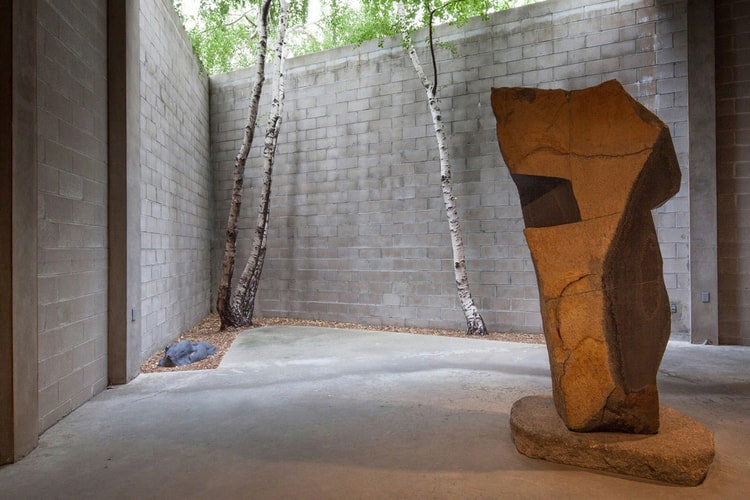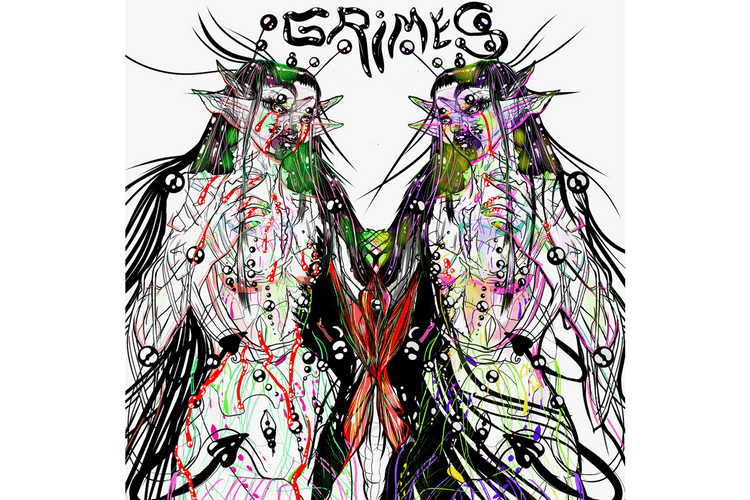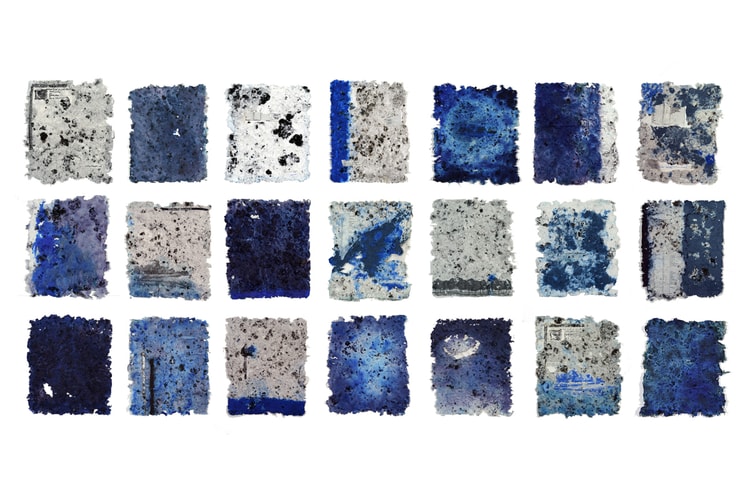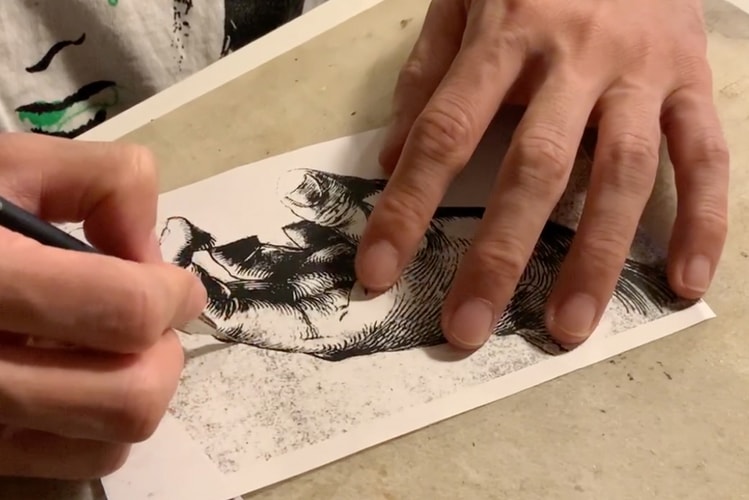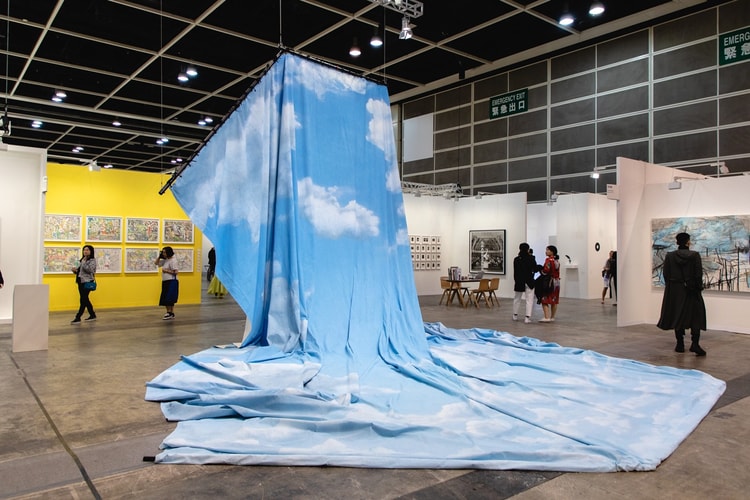Pitt Rivers Museum Finally Removes Shrunken Heads From Display
Exhibiting human remains has “reinforced racist and stereotypical thinking that goes against the museum’s core values.”
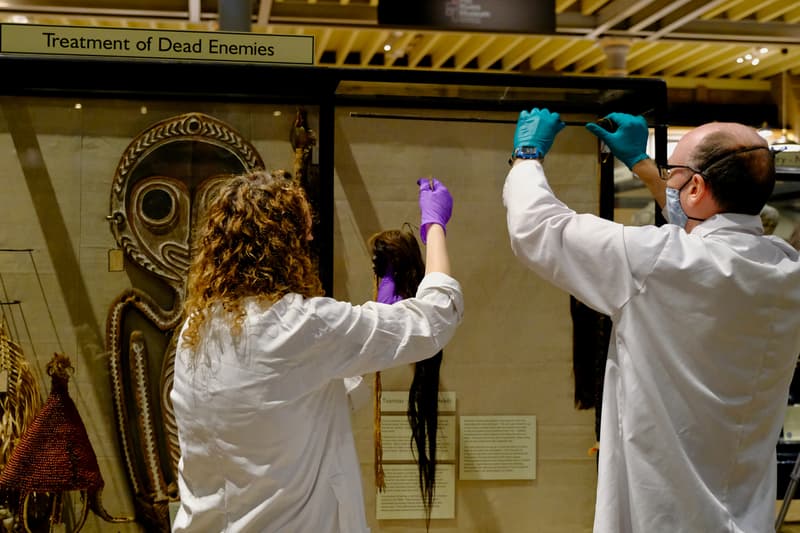
For the first time in almost 80 years, Oxford University’s Pitt Rivers Museum is removing its display of shrunken human heads from public view as a way to address the museum’s problematic colonial past. These shrunken heads, or tsantsas, were made by the Shuar and Achuar people by peeling back the skin and hair of a severed head. The objects were believed to contain the soul of a dead man, whose power could be positively harnessed for the community, said Jefferson Acacho, a leader of the Shuar federation in Zamora, Ecuador.
The museum acquired 12 heads between 1884 and 1936. They were housed in a case titled “Treatment of Dead Enemies,” which has become one of the greatest attractions for visitors. The museum’s audience research found, however, that visitors often see the displays of human remains as a testament to other cultures being “savage,” “primitive” or “gruesome,” which enforces racist and stereotypical thinking about cultures across the globe.
Laura van Broekhoven, Director of the Pitt Rivers Museum, has been overseeing the ethical examination of the museum’s entire display, which contains over 50,000 objects. A total of 120 objects made with human remains have been removed to the stores in the last few weeks, including the tsantsas. The review identified displays that required urgent attention because of the derogatory language used in the historic case labels. Other cases were targeted if the objects were looted, featured human remains or are considered sacred by Indigenous people.
As one of the world’s most best-known museums of anthropology, ethnography and archaeology, Pitt Rivers is more closely reexamining its past practices of colonial collecting — which was often violent and inequitable towards those peoples being colonized. These changes will be part of a comprehensive program of work that will focus on including co-curatorial approaches, bringing new voices into the museum and ensuring that public engagement is led by socially engaged work with communities.
“With the Museum’s complicated colonial history, it was important for us to lead this Ethical Review and to ensure we did not shy away from difficult conversations,” said van Broekhoven. “The implementation of the review is part of the Museum’s strategic plan to bring its public facing-spaces more in line with its contemporary ethos of actively working with communities and respecting different ways of being as we become a welcoming space for all.”
The Pitt Rivers Museum expects to open up to the public on September 22.
In other news, Ghanaian painter Amoako Boafo is currently showing his series of Black Diaspora portraits at Chicago’s Mariane Ibrahim gallery.





